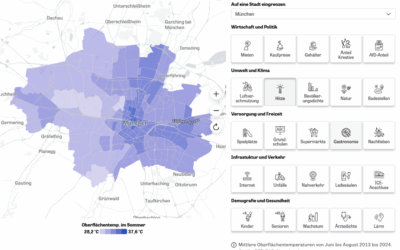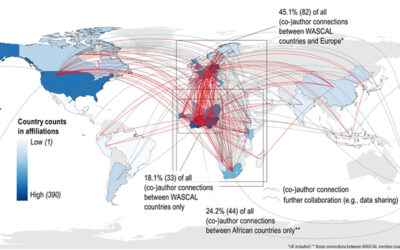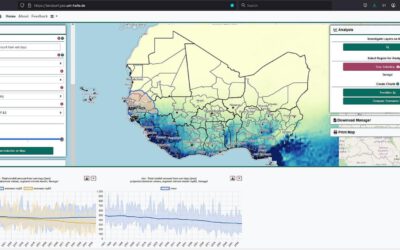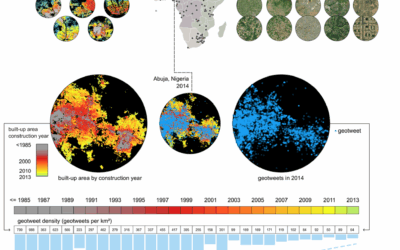A new study analyzing border regions across the globe has been published. Today’s borders bear witness to regulatory intervention in the circulation of goods, information, capital and people. These interventions, naturally, have an impact at border regions. In the new research study, these impacts have been mapped and quantified and relations between border typologies, development dynamics near borders, and economic and political indicators of neighboring nation-states are analyzed.
Researchers from the Earth Observation Center (EOC) of the German Aerospace Center (DLR) in Oberpfaffenhofen, the University of Würzburg and the Humboldt University of Berlin collaborated on a paper titled “Border regions across the globe: Analyzing border typologies, economic and political disparities, and development dynamics”. The study was just published in the Journal Applied Geography by Hannes Taubenböck, Christoph Otto, Fabian Gülzau and Steffen Mau.
From the Abstract: The cosmopolitan dream of a borderless world has little to do with reality. Today’s borders bear witness to regulatory intervention in the circulation of goods, information, capital and people. These interventions, naturally, have an impact at border regions. For analyzing these impacts, we map, quantify and relate border typologies, development dynamics near borders, and economic and political indicators of neighboring nation-states. We do so on global scale for all current 315 land borders. We rely on data from a mix of border dossiers, in-depth literature review, censuses and multi-temporal mapping products from satellite imagery. Our analysis strategy is two-fold: First, in a descriptive analysis, we map the various border typologies. And, we also compute development dynamics over a 15-year period from 2000 to 2015. Since there are few consistent, appropriately spatially resolved, and globally available datasets, we measure development by the proxies ‘settlements’ and ‘population’ instead of the usual economic characteristics. We use an ensemble of metrics that show not only the developments in the border region but also the dynamics in the border region relative to the
respective nation-state. By means of a global ranking, we show the variability of development dynamics at borders across the globe. Second, we relate these dynamics to the different border typologies, and to economic and political differences of neighboring nation-states. We find the following trends: higher political or economic differences of neighboring nation-states relate to stronger border fortification, greater economic or political disparities relate to stronger population or settlement accumulation at the poorer or less free side of the border, and stronger fortification hinders settlement and population development to a certain degree. These empirically measured trends, however, are only partially statistically significant and not as strong or unambiguous as assumed. In a critical discussion, we reflect on the capabilities and limitations of such an empirical global approach.
Read the full article here: https://www.sciencedirect.com/science/article/pii/S0143622822002375








